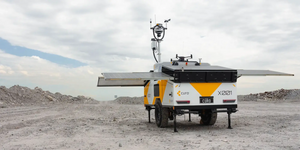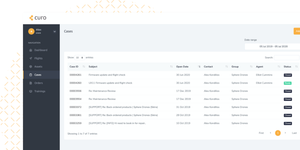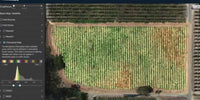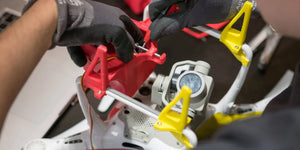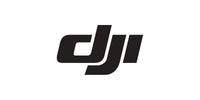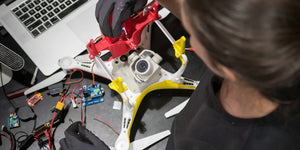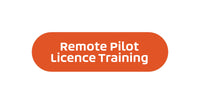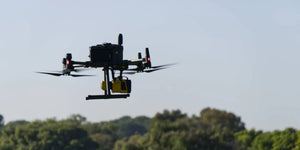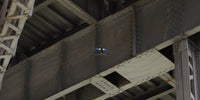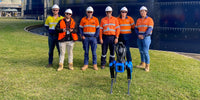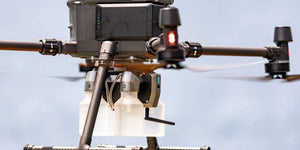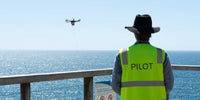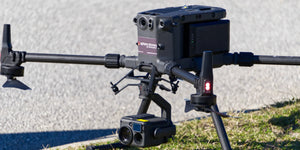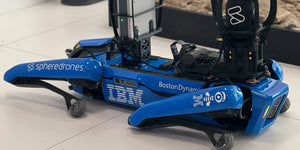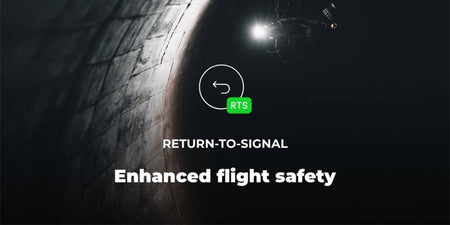The Tennessee Valley Authority (TVA) has always tried to minimise costs and has now found a way for the Flyability Elios 2 to do so for its scrubber inspections. Founded in 1933, the TVA is the largest public power provider in the United States, providing power to 153 local power companies and 60 industrial customers.
The current method
The company uses several scrubbers to, as the name states, scrub SO2 emissions from the exhaust of coal-fired power plants. These scrubbers are huge silos that use a limestone slurry to remove the sulfur dioxide from the exhaust. To cover as much surface area as possible, the scrubbers use a series of spray heads to distribute the limestone, and these need to be inspected to stay operational.
These are inspected by setting up 24-meter high scaffolding, which takes a fair amount of time to do and puts the works at risk of falling to the bottom. These two things combined are what prompted UAS Program Manager James Manni to test out the Elios 2.
Elios 2, the problem solver
During the first test flight with the Elios 2, the team was able to find an issue with one of the spray heads almost straight away. This allowed them to come up with a solution to keep the scrubber operational. The scrubber was fully inspected, with all the data required by the team in just 10 hours. This might seem like a long time, but it used to take 480 hours, reducing the time required by a huge 98%.
Moving onto the second scrubber, the team was aware of a leak that resulted in fluid building up on an outside wall. The drone was able to detect the leak quickly after it went down about 30 meters from the entry point and locate it. This is a huge improvement over how it would have been done, requiring the scrubber to be drained and methodically checked for the leak.
